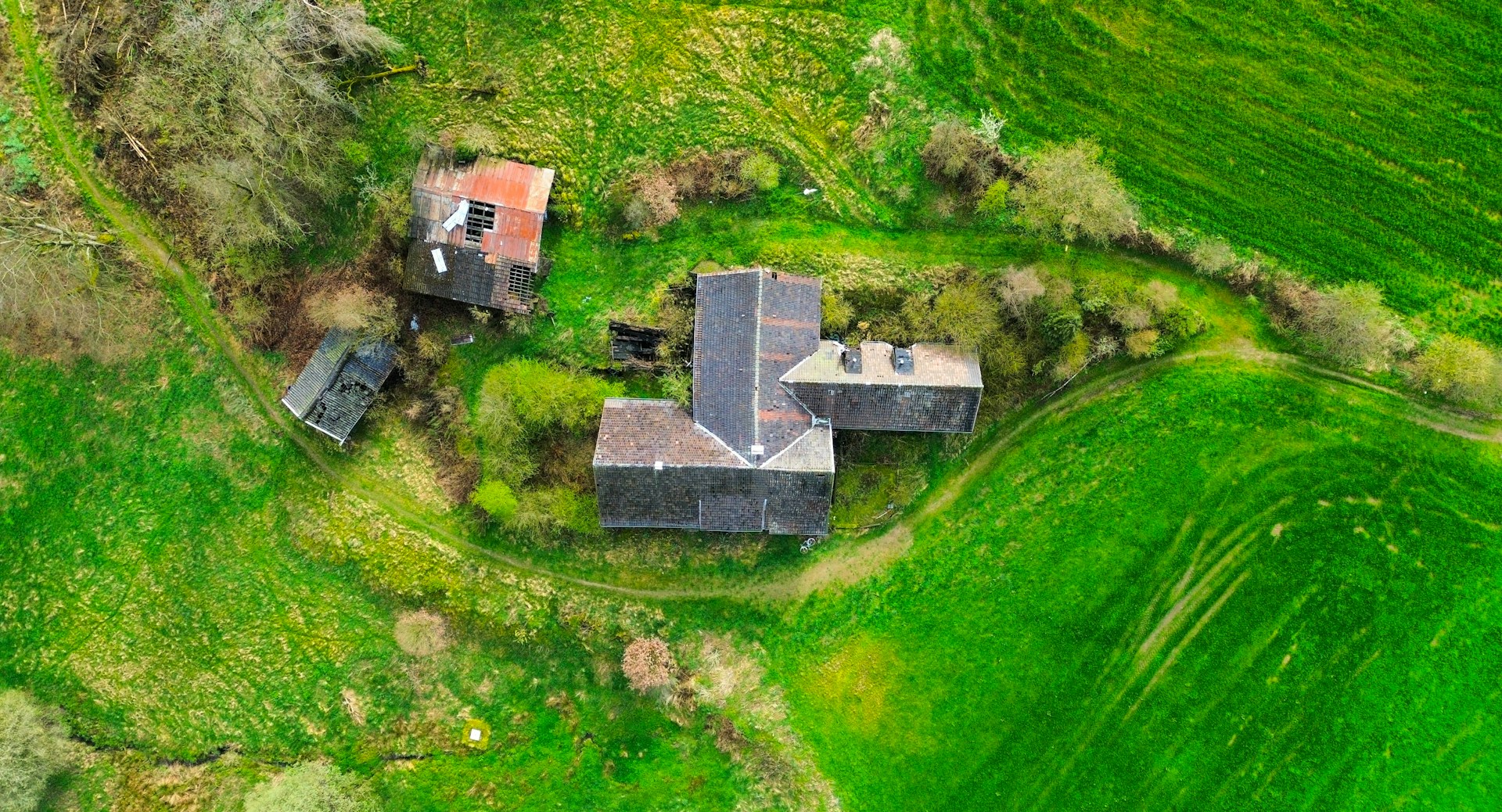What you need to know about building an extension on green belt land
Founder, Planning to Build

If you're thinking about building or extending a home on Green Belt land, you’ll need to tread carefully. The rules for development are much stricter than in other areas and permission is only granted in very limited circumstances.
This guide breaks down what Green Belt designation means, how it affects your plans and what steps you can take if you want to build on this type of land.
What is Green Belt land?
Green Belt land is designated by local councils to prevent urban sprawl and keep certain areas open and undeveloped. It was first introduced in the 1950s and surrounds many of the UK’s major cities.
The aim is to:
- Prevent towns from merging into each other.
- Safeguard the countryside from development.
- Protect the character of historic towns.
- Encourage regeneration of brownfield sites
It’s important to note that Green Belt is not the same as Areas of Outstanding Natural Beauty (AONB) or National Parks, although a site can be subject to more than one type of protection.
Can you build on Green Belt land?
The short answer: not usually.
The National Planning Policy Framework (NPPF) makes it clear that most forms of development on Green Belt land are inappropriate. That includes new houses, large extensions and outbuildings. However, there are exceptions. You may be able to build if your project falls into one of the following categories:
- Extensions or alterations to existing buildings, as long as they are not disproportionate.
- Replacement of an existing building, provided the new one is not materially larger.
- Limited infilling in villages or brownfield sites within the Green Belt.
- Buildings for agriculture or forestry.
- Re-use of existing buildings, if they are permanent and of substantial construction.
Even then, getting planning permission is far from guaranteed. You'll need to make a strong case and show that your plans won’t harm the openness or purpose of the Green Belt.
If you’re planning to extend an existing home in the Green Belt, the size of your extension is a key factor. Most councils consider an increase of more than 30–50% over the original building’s volume or floor area to be disproportionate and therefore inappropriate. However, each local authority sets its own policies, so it’s important to check the guidelines in your area.
Do you always need planning permission?
Yes. Permitted development rights are often restricted or removed on Green Belt land, especially for larger extensions, outbuildings or annexes.
Even smaller works like garden rooms or loft conversions can be subject to tighter rules. It’s best to assume that you’ll need full planning permission and seek pre-application advice from your council.
A practical example...
Emma and James own a cottage just outside a village in the Green Belt. They wanted to add a two-storey rear extension to create a larger kitchen and extra bedroom.
Their local planning authority had strict limits, extensions over 40% of the original floor space were considered disproportionate. Emma and James were proposing a 60% increase, which was refused at pre-application stage.
Instead, they worked with a planning consultant to redesign a single-storey extension that stayed within the 40% guideline. They also chose materials to match the existing building and kept the roof height low to reduce visual impact.
The revised plans were approved, and they were able to extend their home without harming the openness of the Green Belt.
How can you improve your chances of approval?
While building on Green Belt land is challenging, there are steps you can take to improve your chances of getting planning permission - especially if you approach the process carefully and with the right support.
Start with a planning consultant
Green Belt planning policy can be complex and varies between local authorities. A qualified planning consultant can help you interpret the relevant policies, understand what might be acceptable in your specific area and shape your proposal accordingly. They’ll also advise you on whether it’s worth proceeding potentially saving you time, money, and frustration if the odds are low.
Keep it modest
The scale and visual impact of your proposal are key considerations. A smaller, single-storey extension or a building that is well set back and screened is much more likely to be approved than a large, dominant structure.
Keeping your plans as low-profile as possible, in both size and design, can help demonstrate that your development won’t harm the openness of the Green Belt.
Use existing structures
Where possible, try to make use of buildings that are already on the site. Extensions to, or replacements of, existing buildings are often viewed more favourably than entirely new developments. For example, converting a stable block into living accommodation or replacing an old outbuilding with a modest annexe may be considered more acceptable, especially if it avoids additional sprawl.
Demonstrate very special circumstances
If your proposal doesn’t meet the standard exceptions set out in planning policy, you’ll need to prove that there are "very special circumstances" that clearly outweigh the harm to the Green Belt. This is a high bar and typically only successful in unusual situations, such as developments that serve a wider community benefit or relate to essential rural activities.
It’s rarely granted for private residential projects alone, but if your case is particularly strong, it may still be worth exploring.
Building on Green Belt land is possible but it’s often complex, and the odds of success can be low unless your proposal is carefully designed and justified.
If your property is in the Green Belt, it’s vital to understand the restrictions early on and get expert advice. This can help avoid wasted time, money, and disappointment.